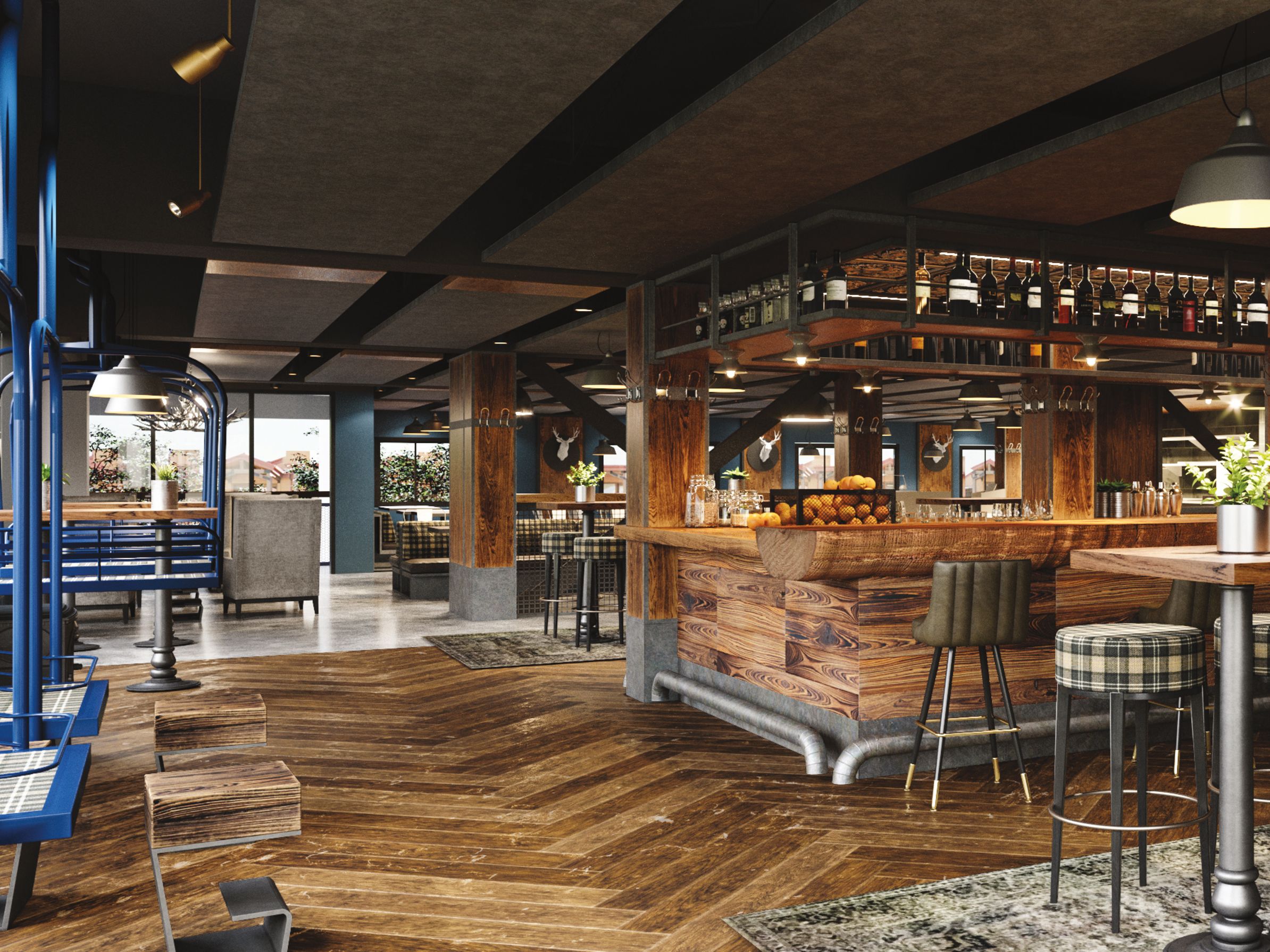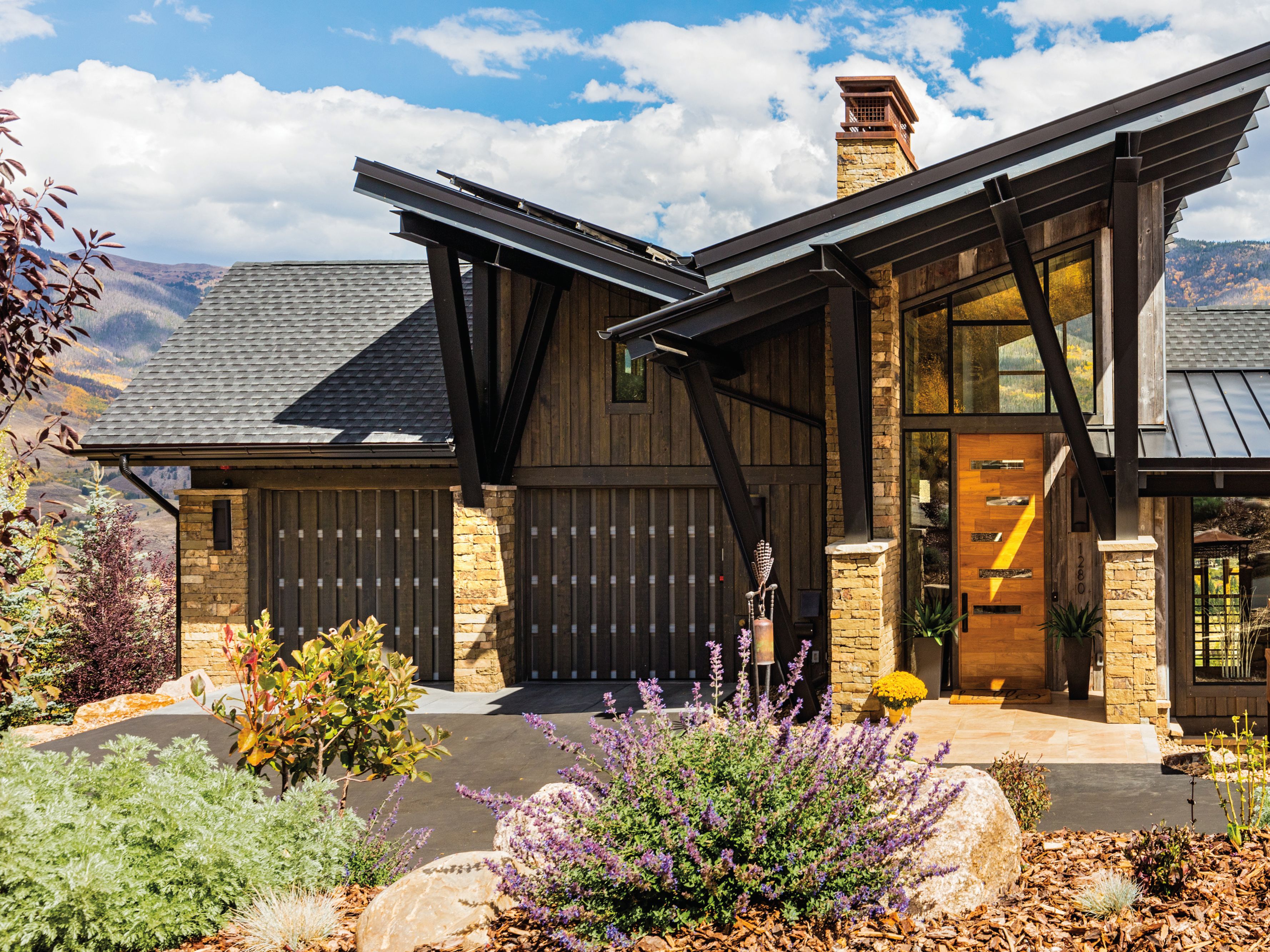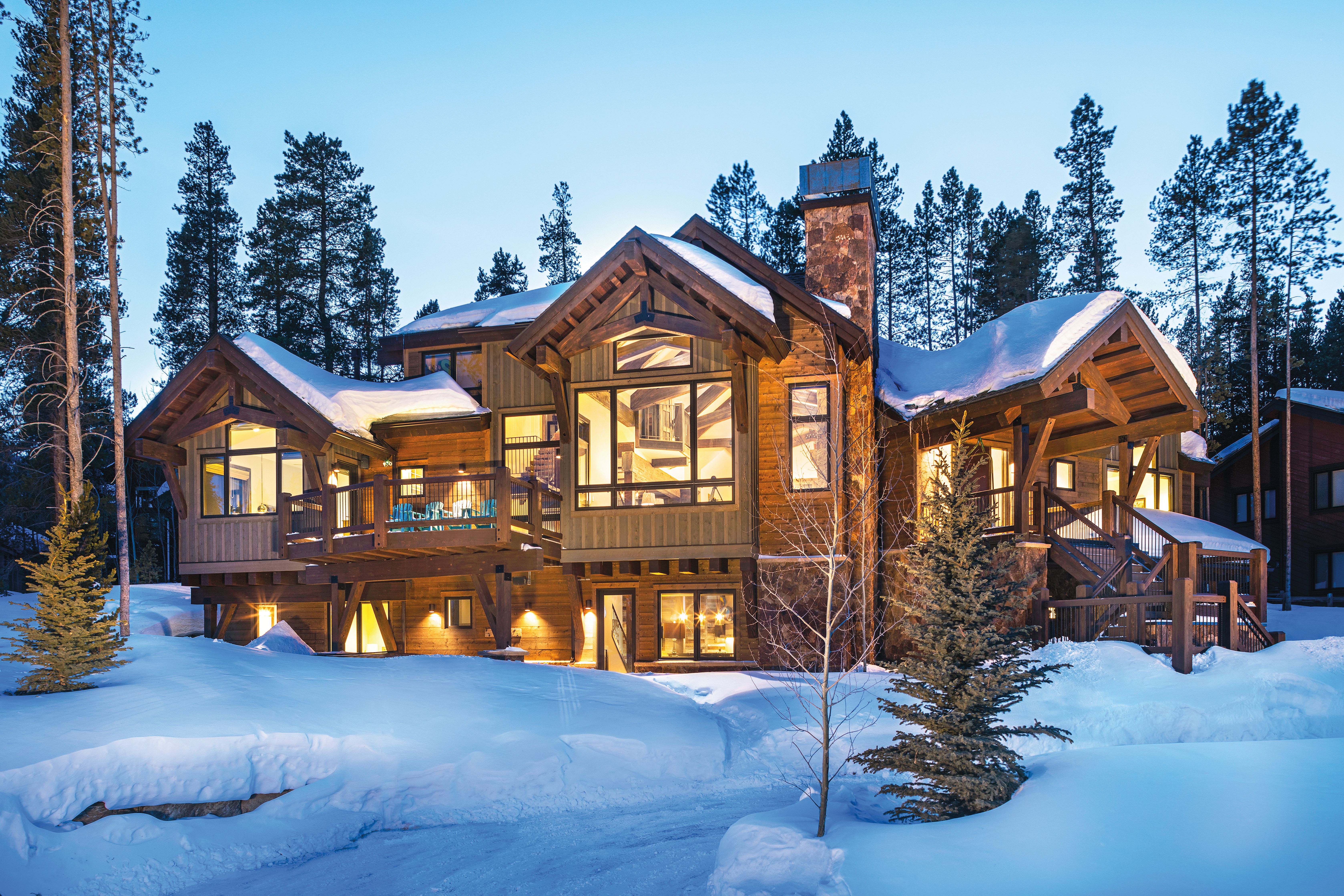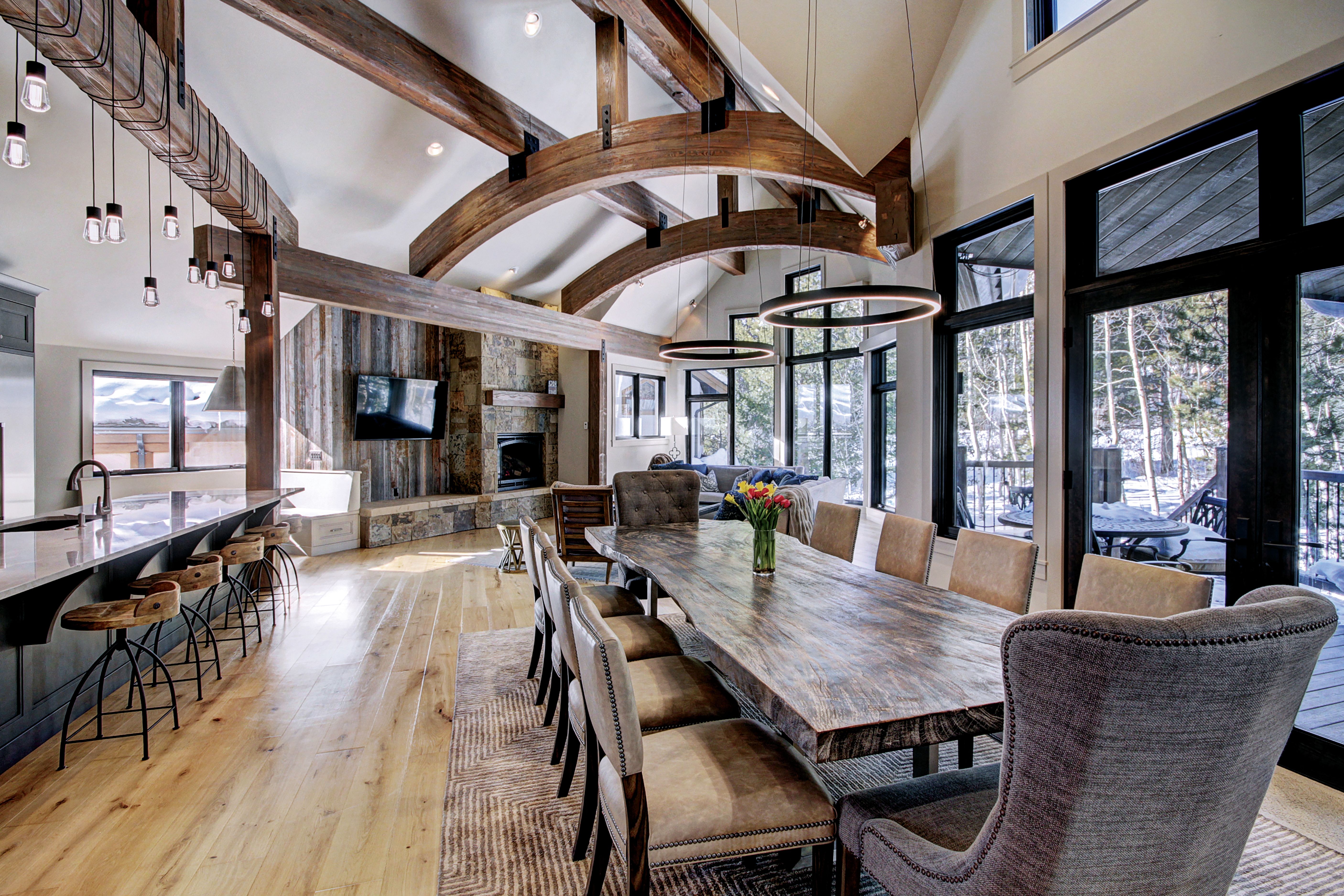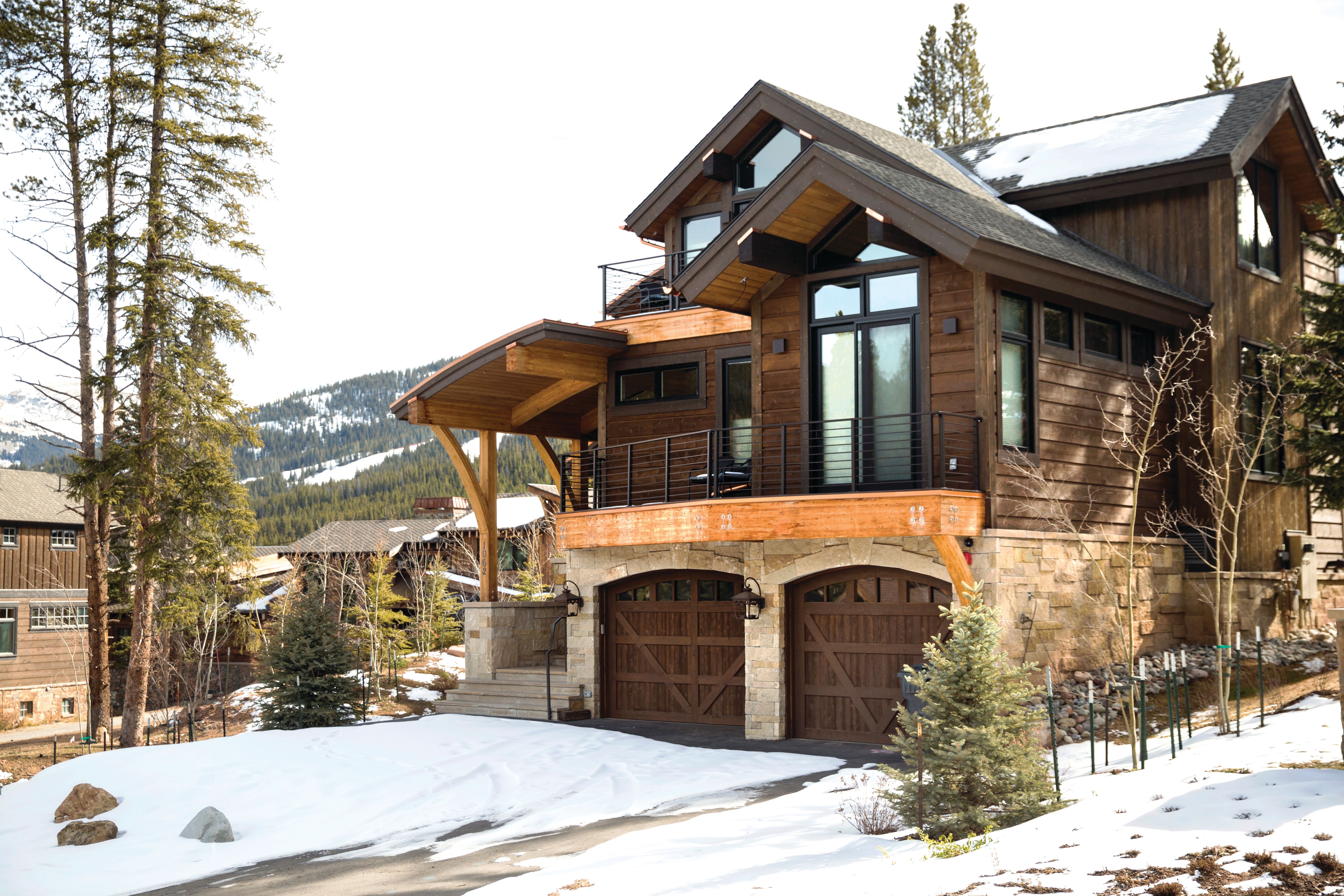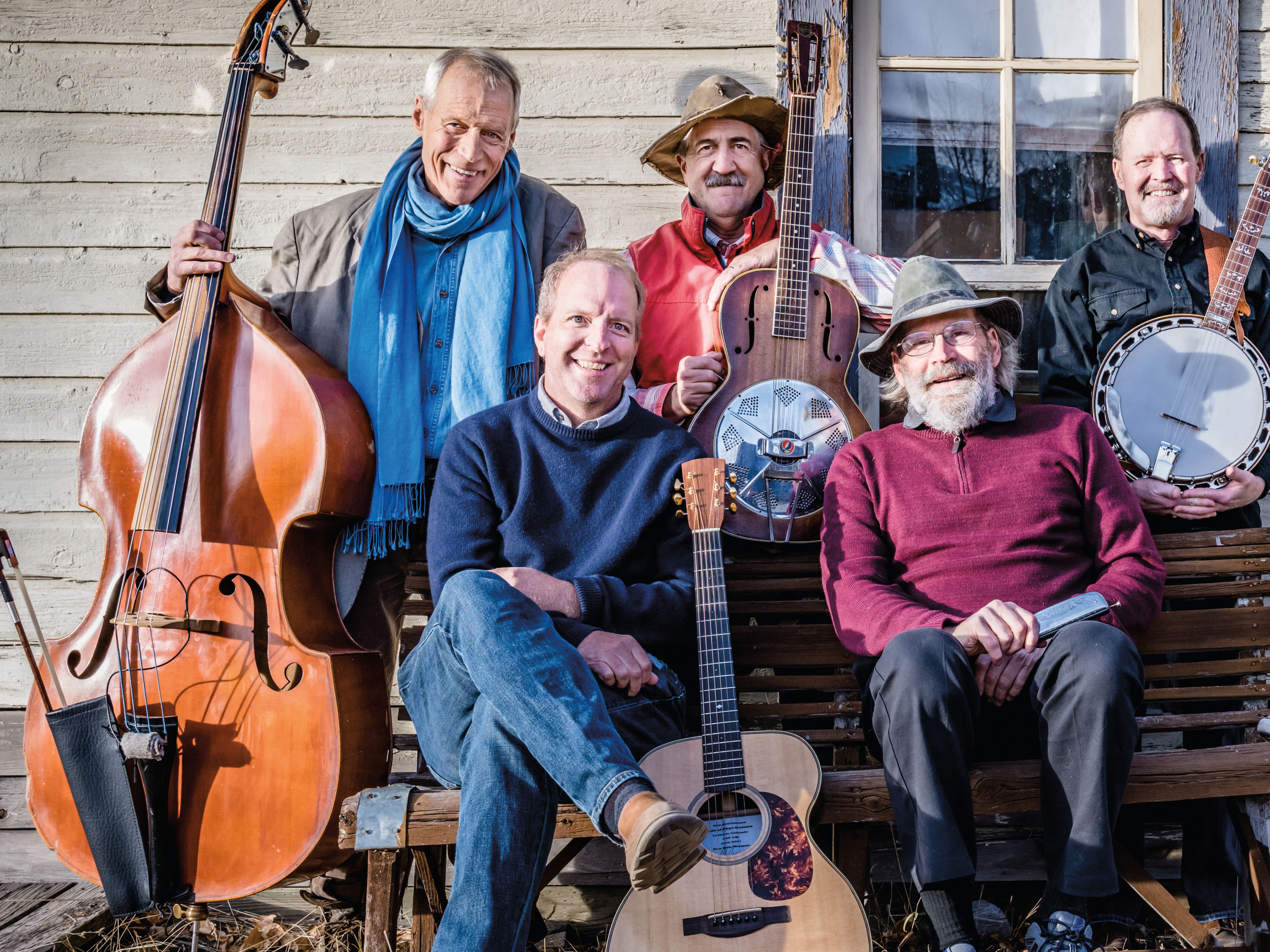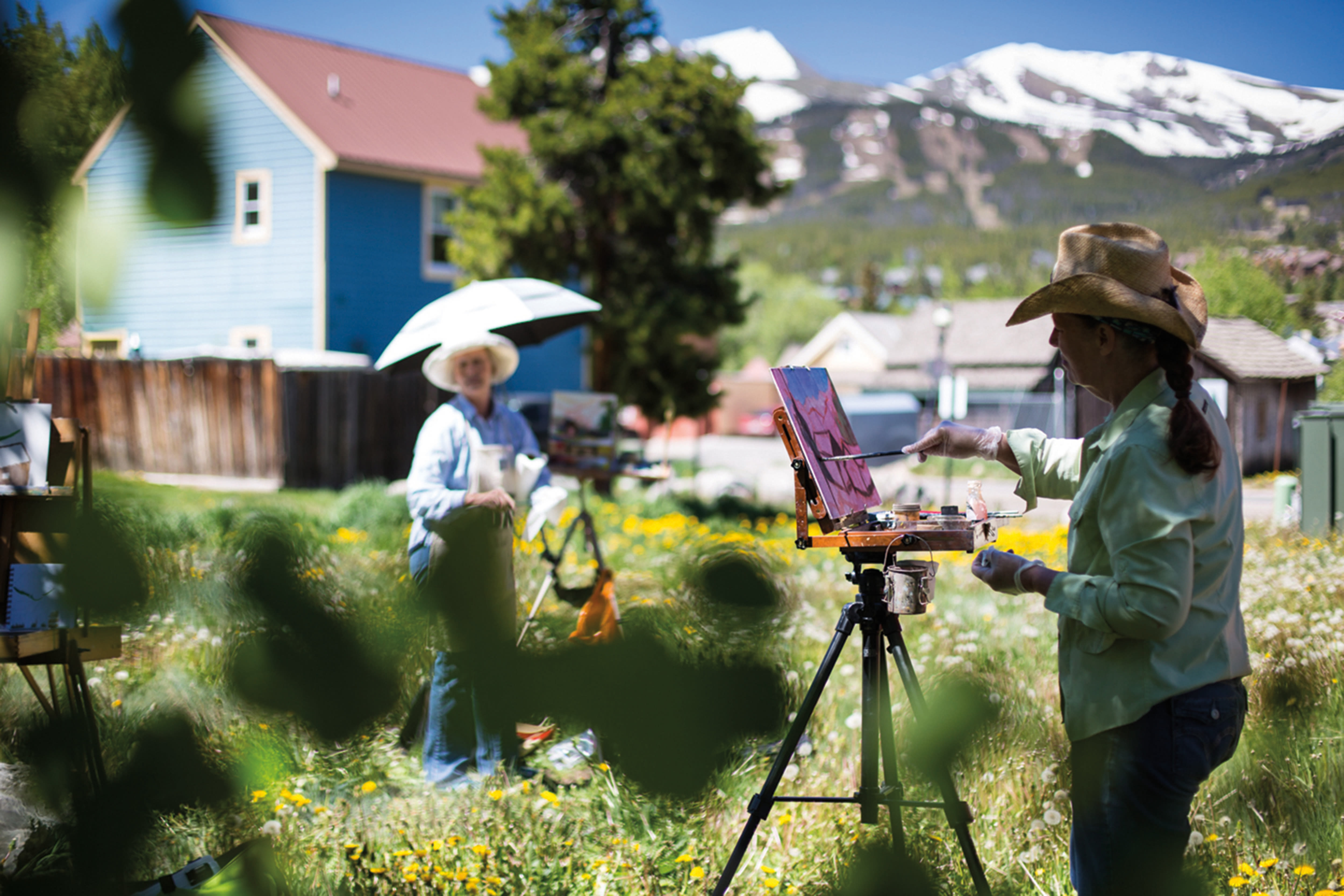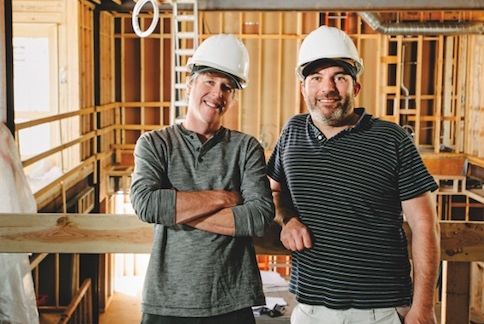Panorama
Frisco's Lakefront Makeover
A $6 million overhaul of Frisco Marina that deepened the bay adds a beach, more parkland, and extra oomph to an idyllic summer on Summit’s inland sea.
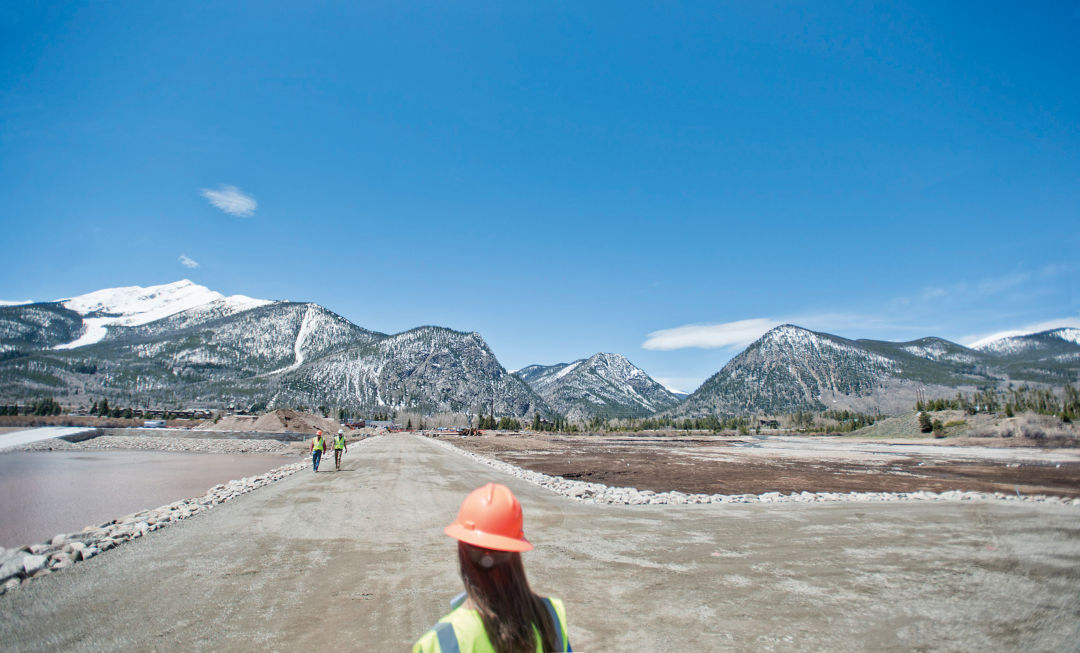
The Town of Frisco excavated 85,000 cubic yards of sediment to deepen its signature bay.
Image: Karl Wolfgang
Last summer, Doug Silver, a Frisco powerboat fisherman and citizen scientist who monitors daily water levels at Dillon Reservoir, took his last cruise of the season on the lake in July because there wasn’t enough water to float his boat at Frisco Bay Marina.
Low water levels have long been a problem in Frisco Bay, especially in times of drought. And due to the increase in wildfires and the water needed to fight them, it’s likely that the reservoir’s water supply only will get scarcer. Silver’s research, in fact, shows that inflows continue to drop while Denver Water, which owns the reservoir and uses it to slake the Mile High City’s unquenchable thirst, continues to take a deeper drink every summer. “It’s not so much a question of urgency, because nature doesn’t care,” says Silver, a geologist who has studied the health of water and Mysis shrimp (introduced in the 1970s as a food source for stocked trout and char) in 70 locations around Colorado, starting with Dillon Reservoir. “But it’s been getting harder and harder to put a boat in at the Frisco Marina.”
These concerns, as well as a general feeling that the town of Frisco could do more with its marina and lakefront recreation area, led to a $6 million overhaul of the site this spring. The town excavated 85,000 cubic yards of dirt to increase the water depth under its docks to 16 feet. “In a normal year, that’ll extend our operations season by about 28 days,” says Frisco Bay Marina Guest Services Manager Jenn Shimp. In addition, the marina’s pier doubled in length, and the boat ramp was relocated to the South Bay, separating powerboats from paddle sports, which remain in the North Bay, along with a sandy beach sure to be a hit with kids—and anyone who’s been waiting for a tanning venue at 9,100 feet.
The town used its excavated earth to expand the marina’s shoreline, adding three acres to the east and one acre to the north. That creates the possibility of adding more park space and other amenities, like a boathouse for the town’s rowing club (which currently stores its shells in a shipping container during the long winter) and a dining venue on the waterfront to complement the marina’s Island Grill. “Is it a year-round restaurant, food court, enclosed restaurant? None of that has been nailed down, but we know we want something better,” Shimp says. “And this improvement gives us the ability to do that.”
At a minimum, Frisco’s commitment to its lakefront—and deeper water—now promises Summit boaters a longer season on the water, and those who pine for sandy beaches and tiki bars, an inland tropical paradise on Frisco Bay … for a couple of months, at least.
“This project,” Shimp says, “sets us up for success for the next 20 years.”

